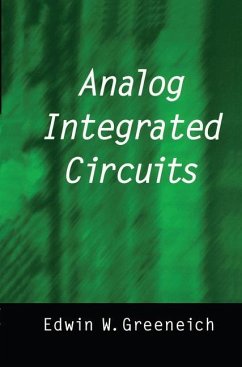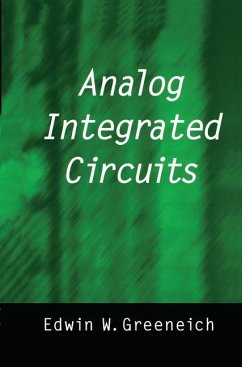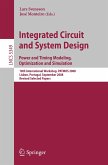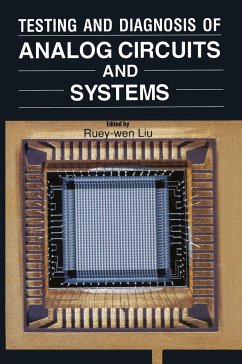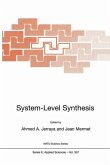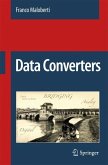Analog Integrated Circuits deals with the design and analysis of modem analog circuits using integrated bipolar and field-effect transistor technologies. This book is suitable as a text for a one-semester course for senior level or first-year graduate students as well as a reference work for practicing engin eers. Advanced students will also find the text useful in that some of the material presented here is not covered in many first courses on analog circuits. Included in this is an extensive coverage of feedback amplifiers, current-mode circuits, and translinear circuits. Suitable background would be fundamental courses in electronic circuits and semiconductor devices. This book contains numerous examples, many of which include commercial analog circuits. End-of-chapter problems are given, many illustrating practical circuits. Chapter 1 discuses the models commonly used to represent devices used in modem analog integrated circuits. Presented are models for bipolar junction transistors, junction diodes, junction field-effect transistors, and metal-oxide semiconductor field-effect transistors. Both large-signal and small-signal models are developed as well as their implementation in the SPICE circuit simulation program. The basic building blocks used in a large variety of analog circuits are analyzed in Chapter 2; these consist of current sources, dc level-shift stages, single-transistor gain stages, two-transistor gain stages, and output stages. Both bipolar and field-effect transistor implementations are presented. Chapter 3 deals with operational amplifier circuits. The four basic op-amp circuits are analyzed: (1) voltage-feedback amplifiers, (2) current-feedback amplifiers, (3) current-differencing amplifiers, and (4) transconductance ampli fiers. Selectedapplications are also presented.

